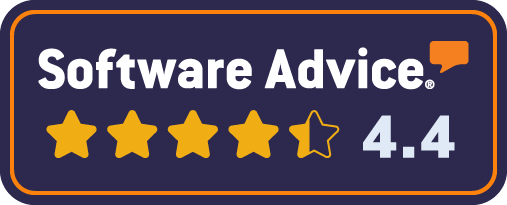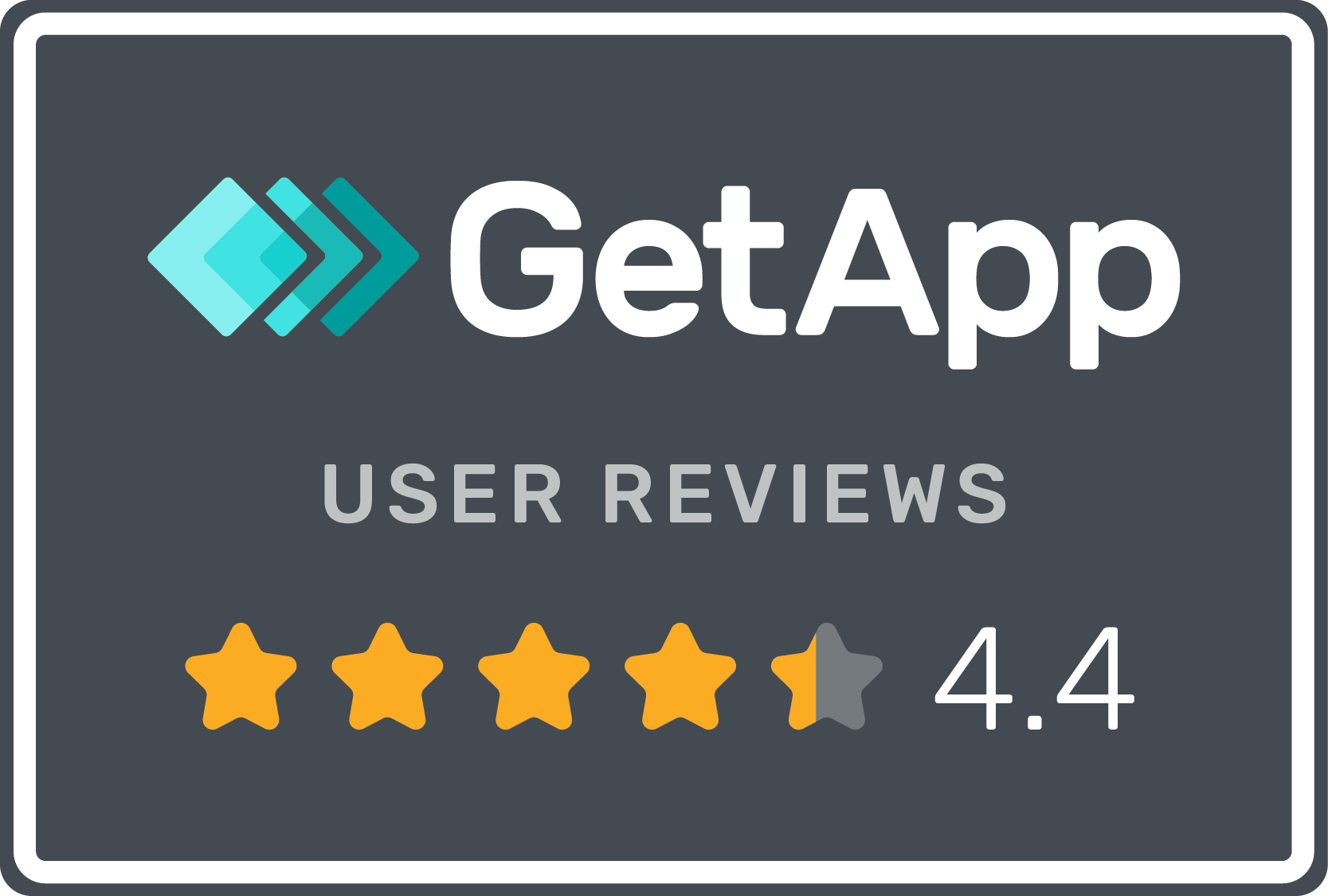unstructured interview.
what is an unstructured interview?
An unstructured interview is a type of job interview in which questions are not pre-determined or prearranged. Instead, the interviewer allows the conversation to flow naturally, only asking questions that come to mind in the moment.
This type of interview is also known as a non-directive interview. It’s ideal for open, informal, and friendly conversations.
when to use an unstructured interview.
Knowing when to use this type of interview depends on your subject matter, situation, and position. Ideally, it is an excellent option in cases where the interviewer wants to develop connections to get meaningful feedback or detailed responses. Here are a few examples:
- You want to discover the candidate's thoughts and beliefs about a specific subject or issue.
- You’re conducting an exploratory interview, allowing the conversation to take any direction to discover more information and gauge the candidate’s personality and communication skills.
- The success of the interview depends on having a deeper understanding of the candidate, making them feel more comfortable, and engaging them personally.
- You have solid interviewing experience and can ask key questions spontaneously without deviating from the focus of the interview.
Unstructured interviews can be challenging to conduct. They’re open-ended, increasing the risk of leading questions—interviewers may struggle to hide their reactions and opinions. The unique interactions can also make it hard to compare responses between candidates.
how to conduct unstructured interviews.
Once you’ve determined that an unstructured interview is ideal for your recruitment process, here’s what you need to do:
- Set goals: It’s vital to establish what you’re aiming to learn or achieve using the interview. While you don’t need to have prearranged questions, you still need to plan for the interview to establish the interview's direction, subject areas, and goals.
- Choose the best medium: You can use three different mediums: video calls, phone calls, and in-person meetings. Face-to-face meetings are typical, but video calls have become synonymous with remote positions.
- Determine your setting: This is particularly important when conducting face-to-face or in-person interviews. You need to identify an area with the least interruptions to make candidates comfortable and allow you to read body language.
- Find and inform your candidates: You’ll then need to find suitable candidates, and your recruitment strategy should provide a streamlined process for finding great talent. Be sure to inform them adequately about the job requirements, required paperwork, and interview location/medium.
During the interview, strive to keep your questions unbiased and neutral. Since unstructured interviews have no specific format, it’s easy to drift off the topic. Make sure your questions are open-ended and based on a candidate’s previous responses.
how do you analyse unstructured interviews?
After conducting the interviews, you’ll need to analyse the responses. Give each candidate a pseudonym to anonymise them and stay organised.
- Transcribe interviews: You’ll need to transcribe the interviews to recall and highlight crucial information for the hiring teams to use in skills-based candidate evaluation. You can use transcription software or a transcriber to help with this.
- Code the transcripts: The next step is to conduct thematic or content analysis. This involves labelling or categorising similar and common responses, words, skills, and patterns for later analysis or to draw preliminary conclusions. The process is known as coding, and it’s helpful for short-listing candidates.
- Analyse the data: Once you’ve made preliminary conclusions, you can take an inductive or deductive approach to uncover meaningful insights and draw correlations for effective hiring. You can analyse manually or use software to save time.
-
examples of unstructured interview questions.
While unstructured interviews are not prearranged, the typical questions can fall into three categories:
- Introducing questions: They are used to start the interview. For example:
- “What do you do?”
- “Can you describe your ideal job?”
- “Can you tell me more about yourself?”
- Probing questions: These questions help to get a more detailed narrative. For instance:
- “What was your role before, and what did it entail?”
- “What was your biggest challenge, and how did you solve it?”
- Interpreting questions: This type of question helps rephrase an interviewee’s response for clarification. For example:
- “Does this statement cover what you’ve just said?”
- “Is it correct to say . . . ?”
advantages of unstructured interviews.
Compared to other types, unstructured interviews offer several advantages.
- Natural, honest conversation: Since there’s no format to follow, the conversation builds upon each response, allowing the interviewer and interviewee to engage in a genuine conversation. Candidates will also be more comfortable and relaxed.
- Flexible and interactive: The interactions between the interviewer and interviewee are fluid and can take any direction. This allows the interviewer to ask any questions to understand the interviewee’s experience, skills, or background better.
- Better candidate representation: Since questions are generally based on the interviewee’s responses, they’re more likely to be empowered and reveal their true character.
- Elaborate responses: The fluid, natural interactions encourage candidates to share complete details about their experiences, events, backgrounds, or skills.
simplify your interview process with hireful.
At hireful, we understand the importance of interviews in finding the ideal candidate. That’s why we’ve developed technology to make the process as seamless as possible. Our ATS allows you to automate the entire hiring process, set multiple interviews at once, and enable candidates to select their preferred interview slots. Book an intro call if you’re excited to learn more.










